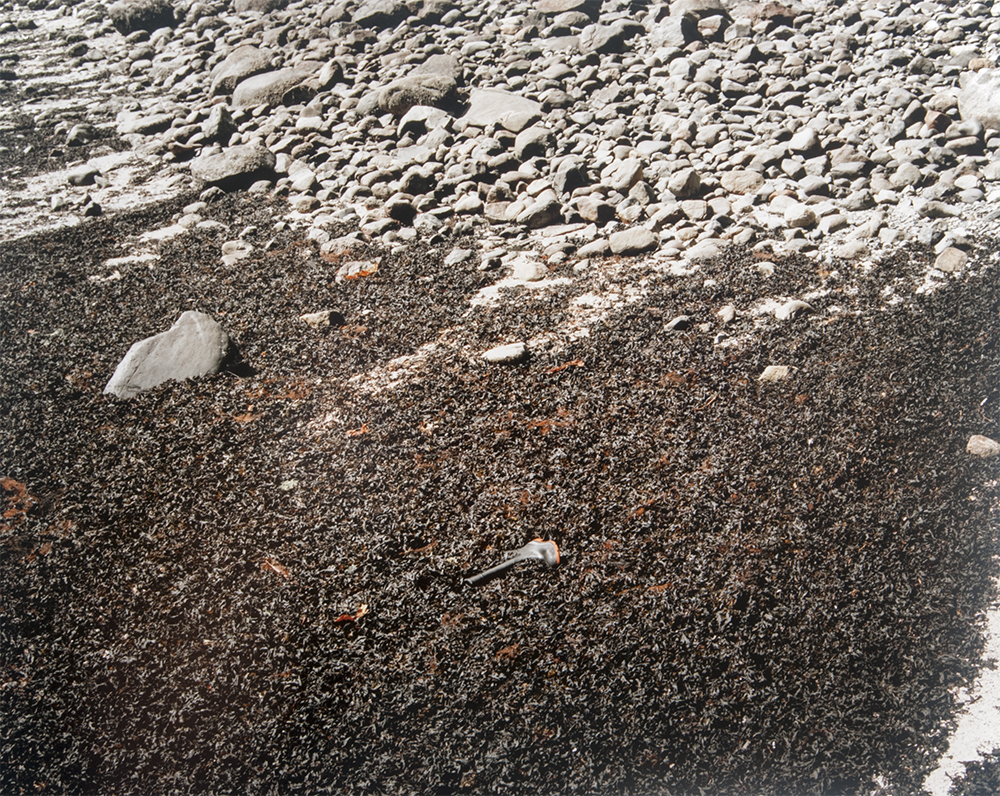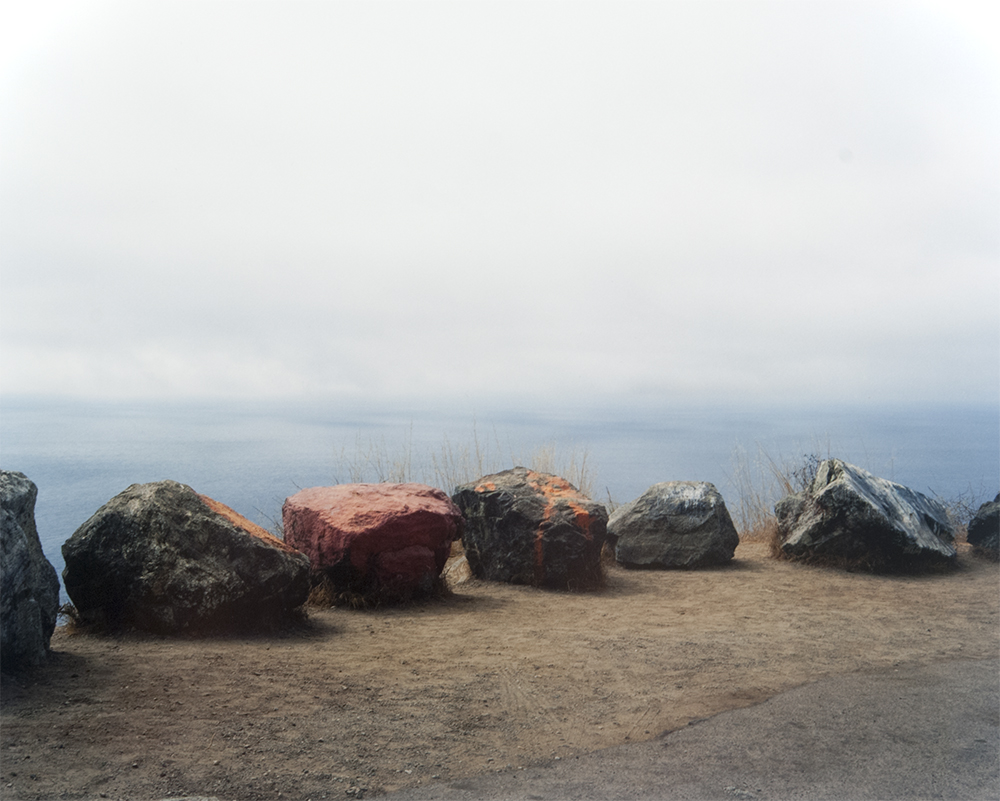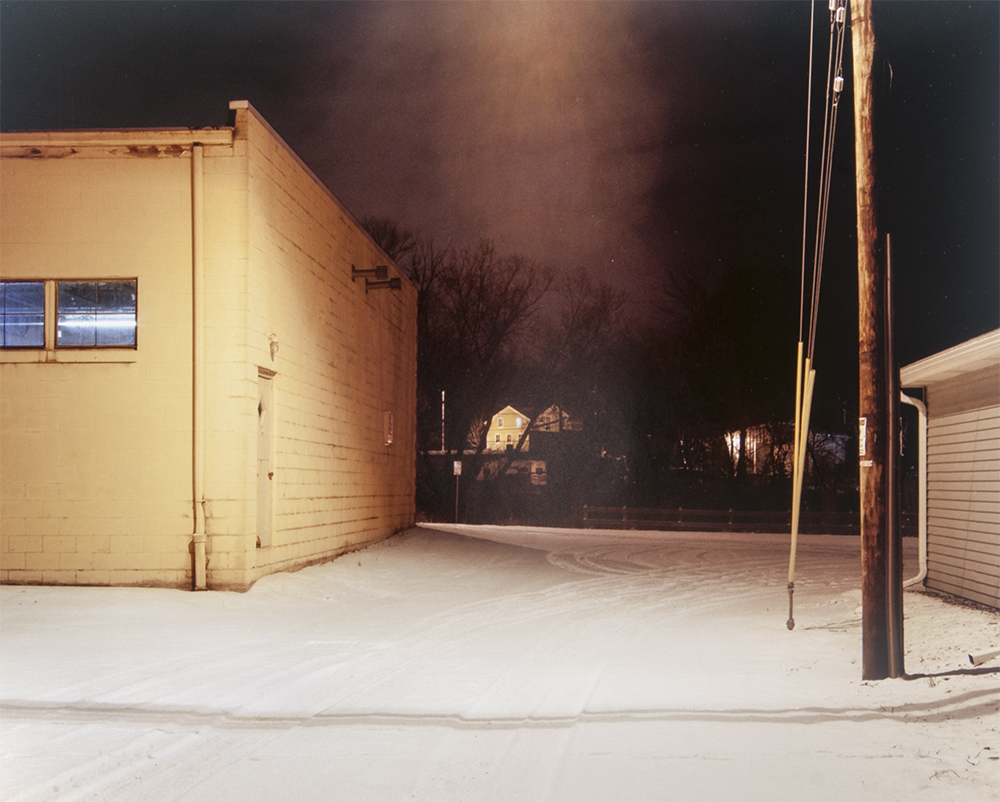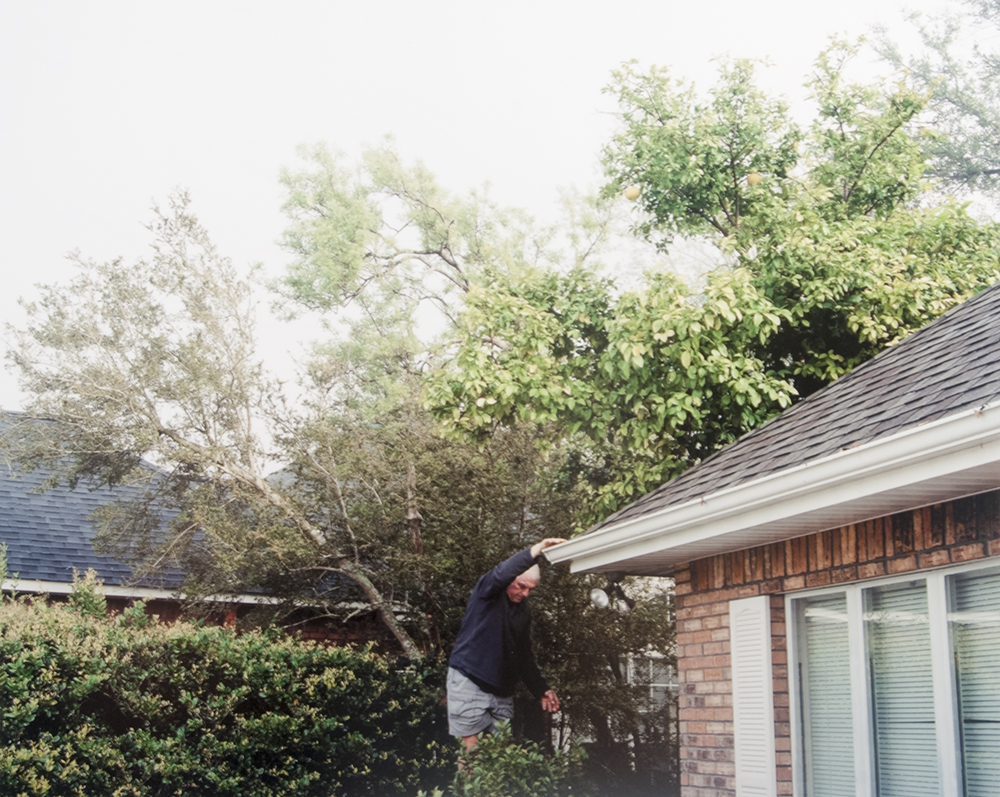Jon Horvath
(American, b. 1979, resides in Waukesha, WI)
For his multi-media series, This is Bliss (2014-2018), Jon Horvath documents a small town named Bliss, Idaho, to consider historical romanticized depictions of the American West in contrast to contemporary realities. A native of Wisconsin, he was initially drawn to the location while on a road trip and noticing an exit sign on the highway with its idyllic name. Working in his signature fashion, Horvath wanders the area, closely investigating everyday surroundings, collecting artifacts, and getting to know people he meets along the way. He uses several different tools and cameras to create the series. For one set of images, he gathers discarded beer bottles and tumbleweeds near the town’s main highway to use as the subjects of tintypes, a 19th century process, calling reference to the town’s location on the Oregon Trail. For a video piece, he documents his attempts to skip stones across a gorge where Evel Knievel famously crashed his motorcycle in a failed stunt. Altogether, the series is a poetic study of the past, present, and collective identity of place.
Jon Horvath is an artist and educator residing in Waukesha, Wisconsin. He completed his BA in English Literature and History of Philosophy at Marquette University (2001) and his MFA at the University of Wisconsin-Milwaukee (2008). His work has been included in exhibitions nationally and internationally, including the Haggerty Museum of Art, Milwaukee, WI (2016, 2013), the Colorado Photographic Art Center, Denver (2016); and the Detroit Center for Contemporary Photography, MI (2011); among many others. Horvath teaches at The University of Wisconsin-Milwaukee and The Milwaukee Institute of Art & Design.

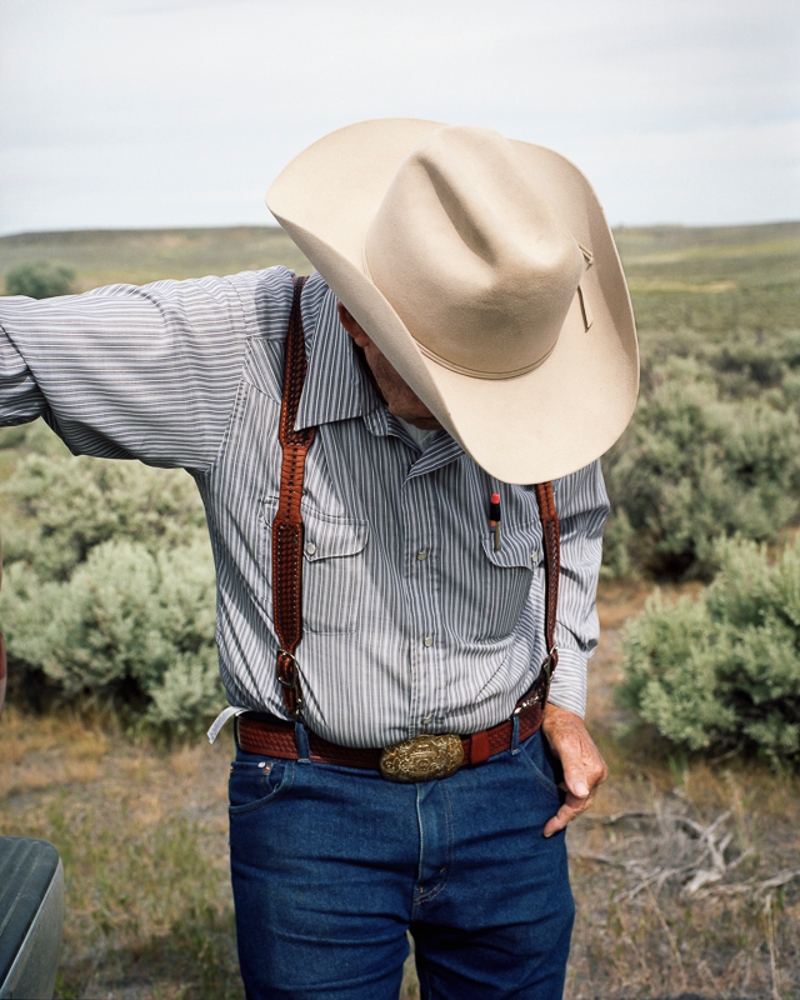

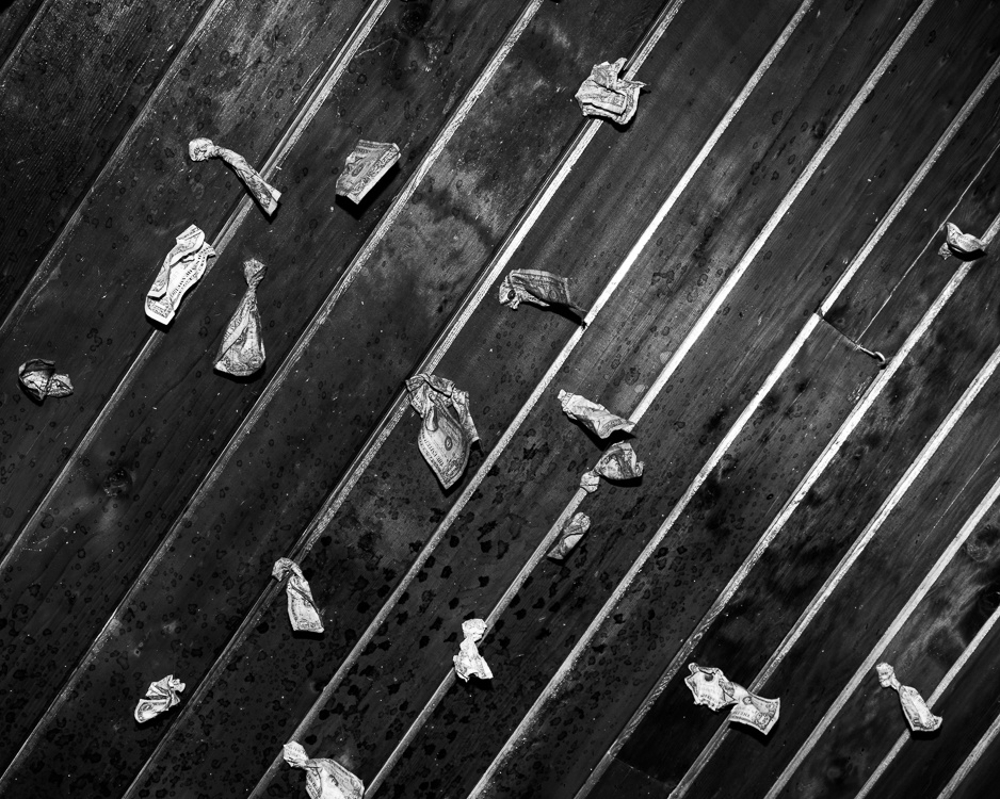
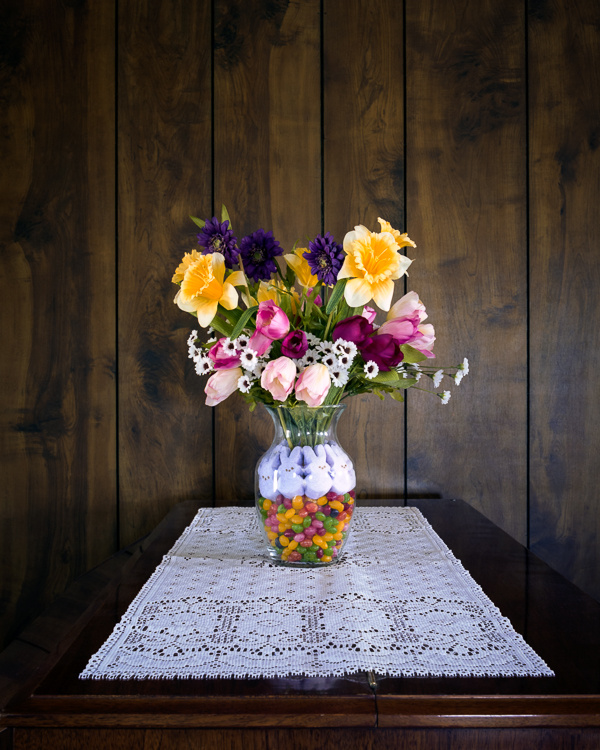
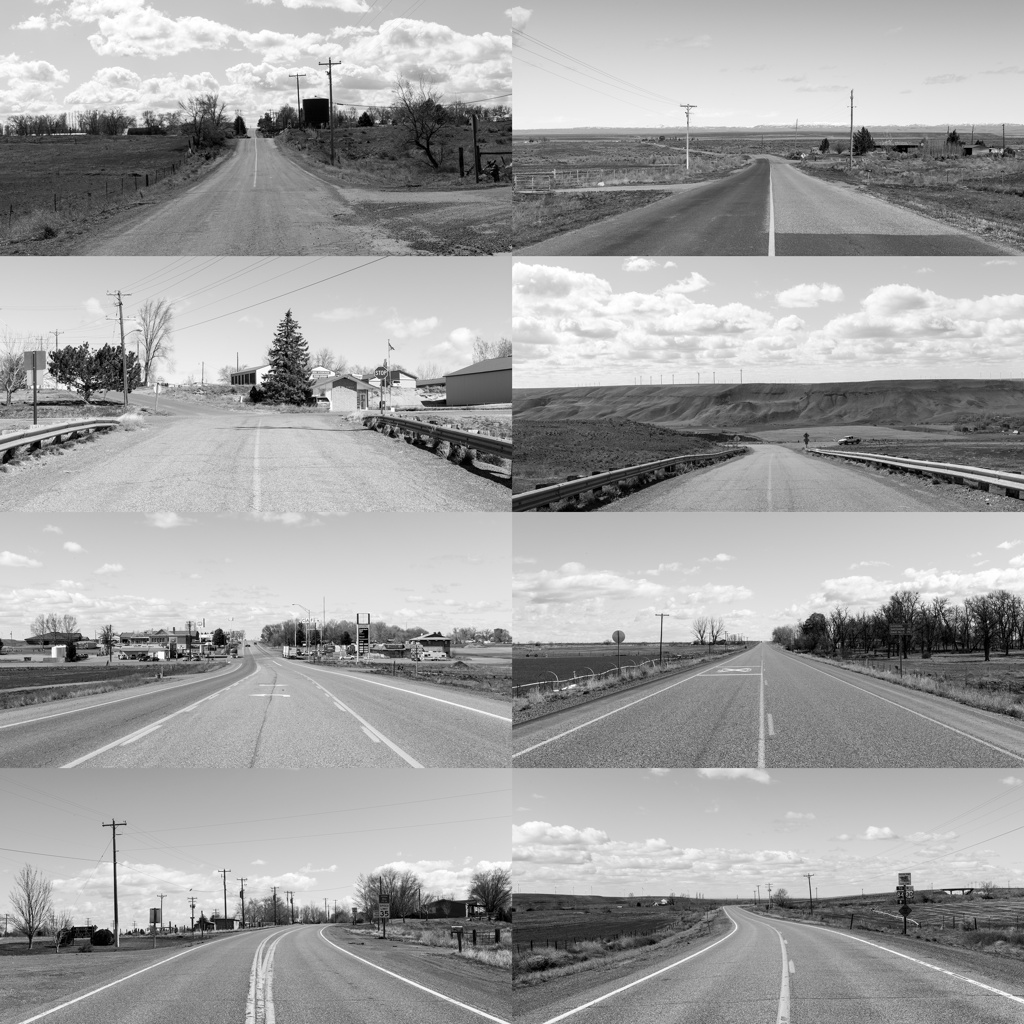


Cowboy Boot
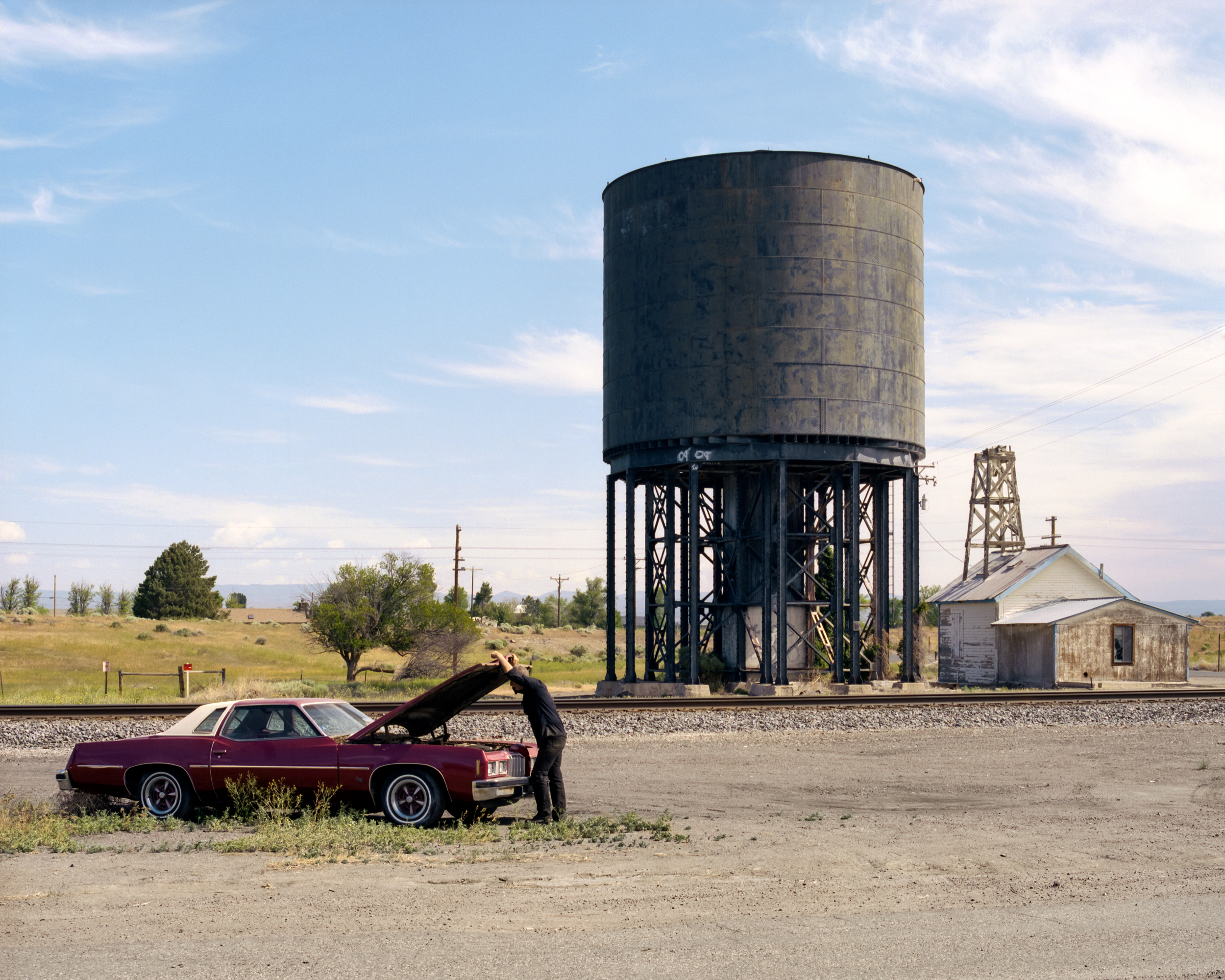
Lucky Mike



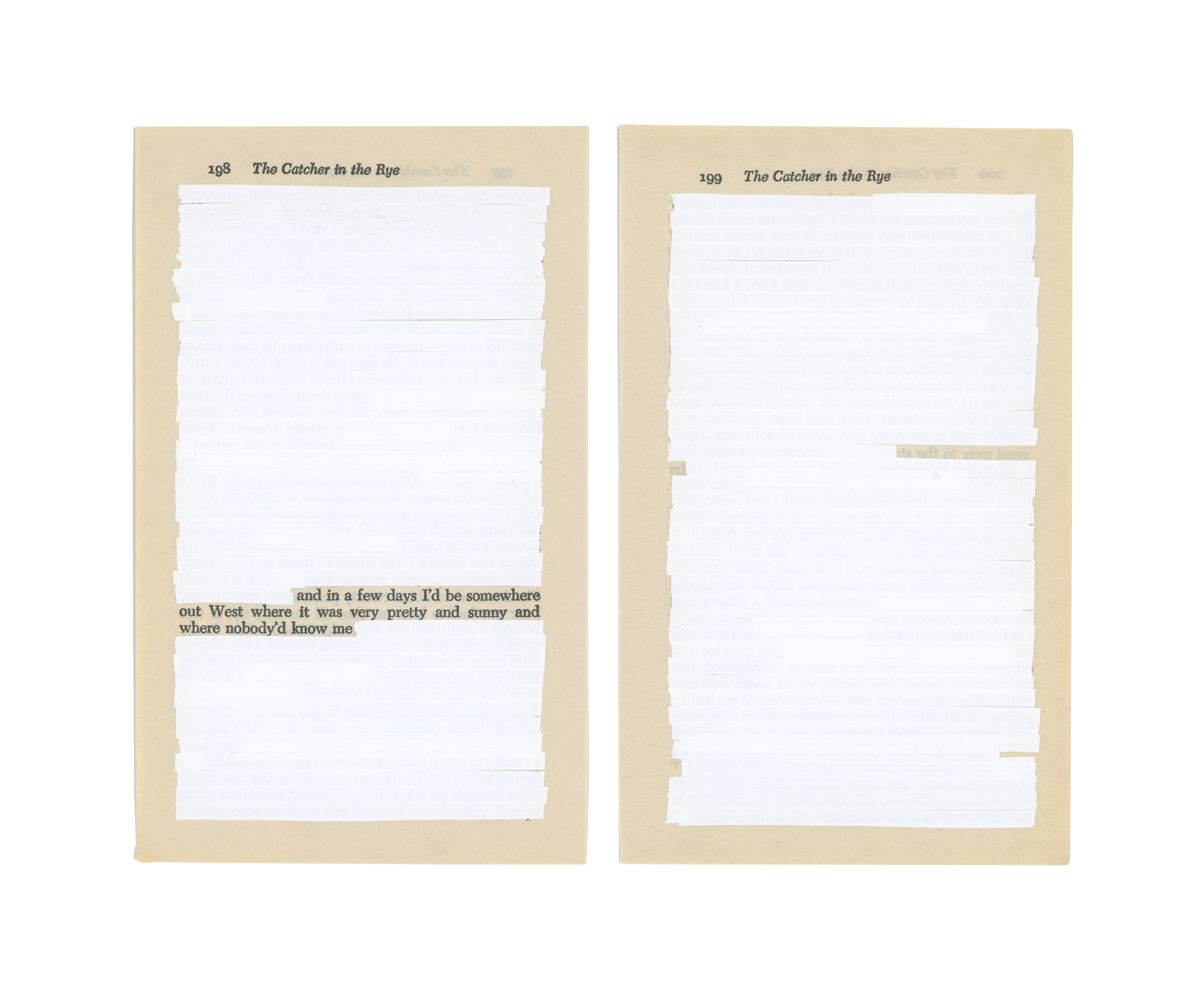
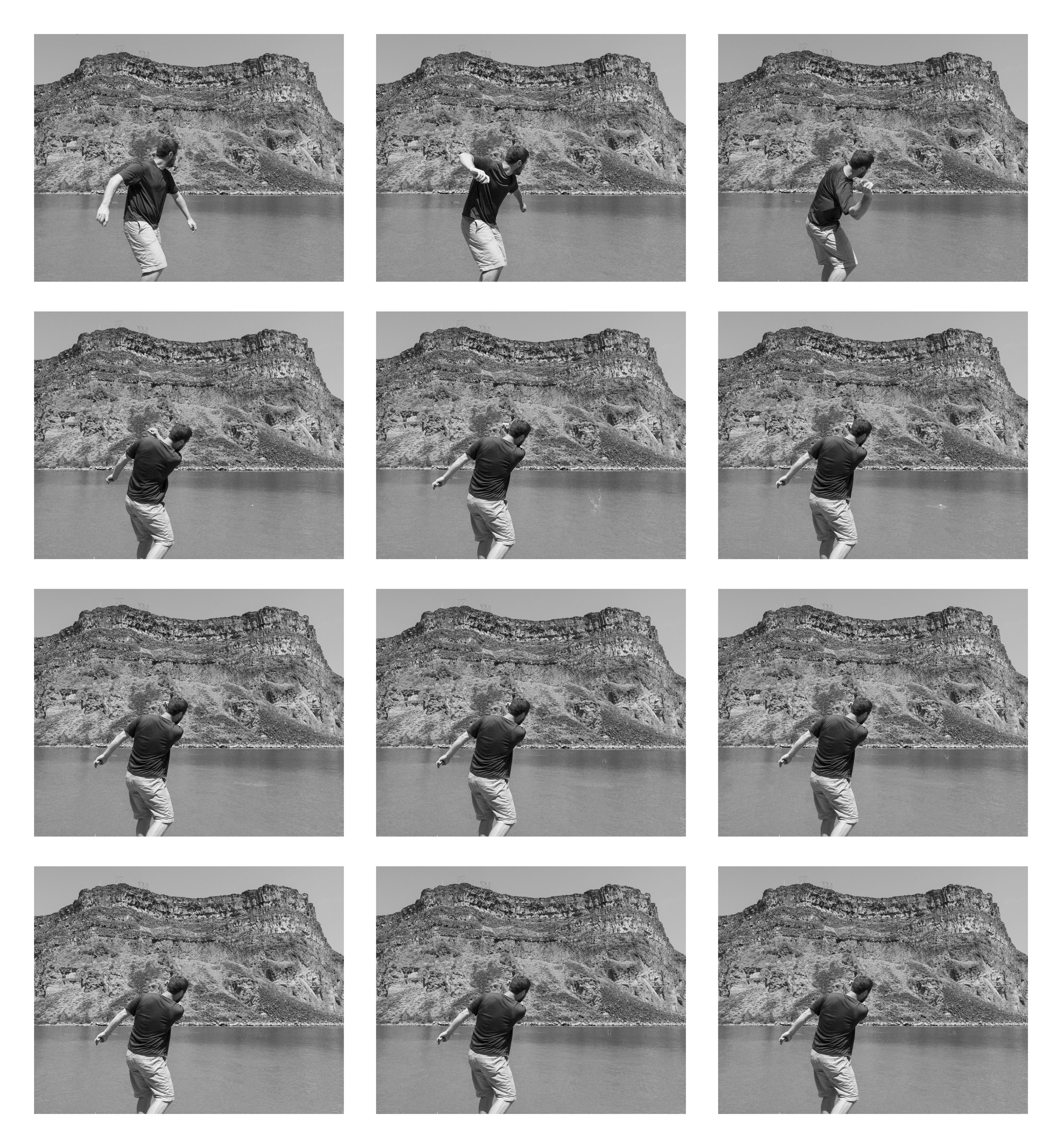
Skipping Stones Across the Snake River Canyon (after Evel)
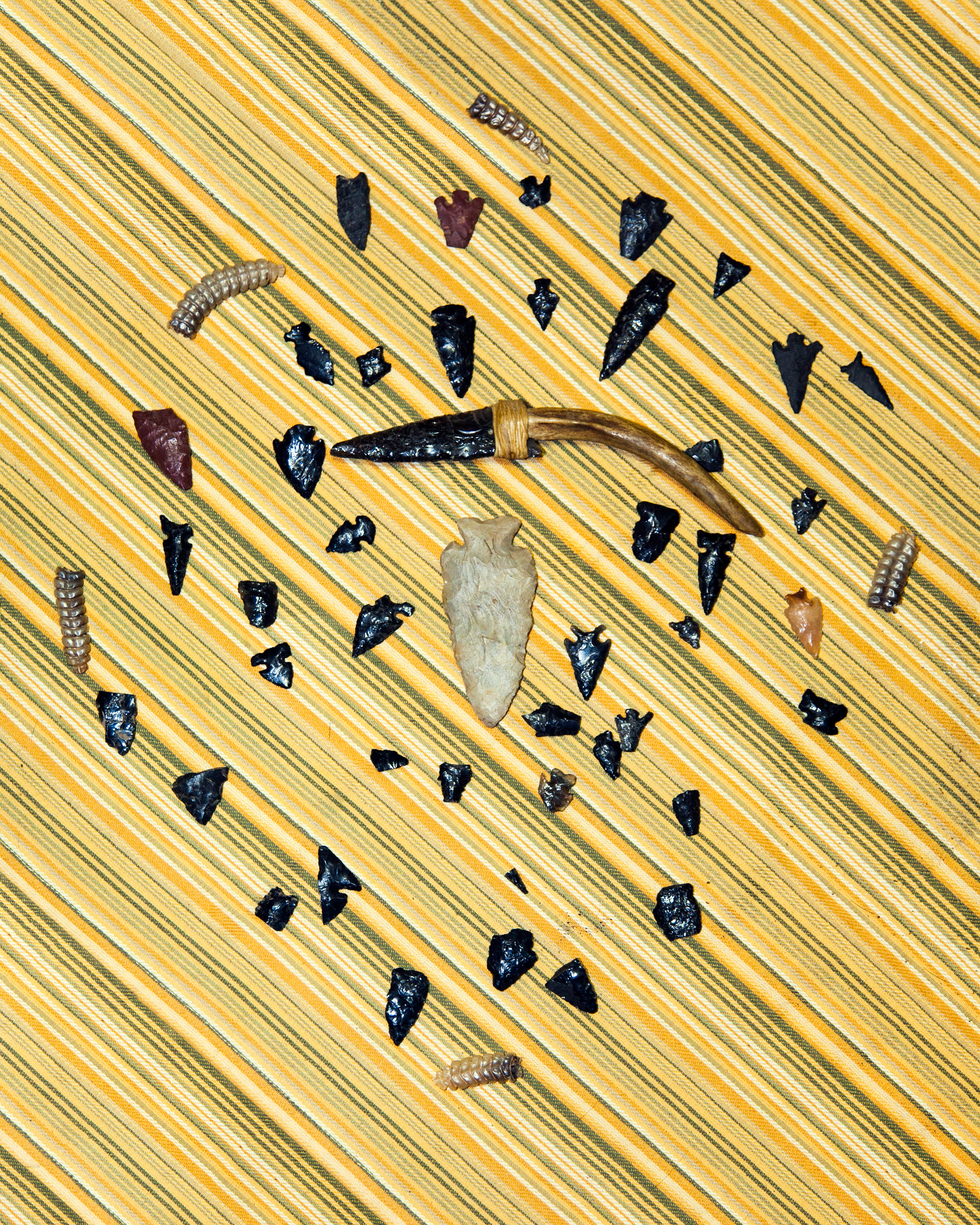
Mayor Pruitt’s Arrowhead Collection
Past Portfolio
Jon Horvath’s open-ended series Wide Eyed eschews the parameters that often govern a photographic body of work. Rather than presenting a clearly defined narrative, the series embraces his wandering spirit by investigating his everyday surroundings in photographs of the disparate events and places he encounters. The varied subject matter–a white barn centered in a winter landscape, a plastic elk pierced by an arrow, newspaper through a mailbox, suburban landscapes–is recognizable enough to appear familiar, but dodges specificity in content and conceptual motivation. Horvath considers the series as an archive of fleeting thoughts and experiences to exist as a constantly shifting body of work with an infinite number of interpretations.

